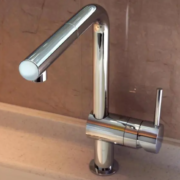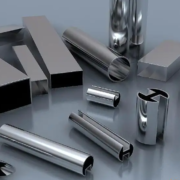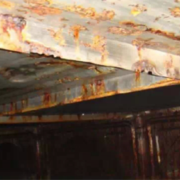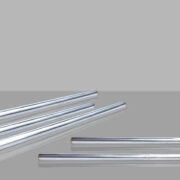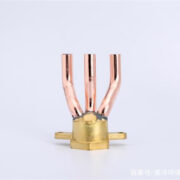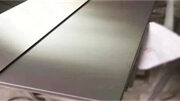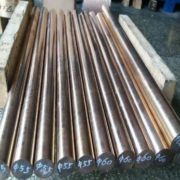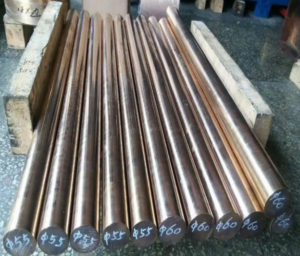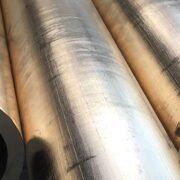Differences between titanium and titanium alloy and stainless steel
The density of titanium and titanium alloy is only 4.51, which is smaller than that of steel and only half the weight of steel, but its strength is similar to that of ordinary carbon steel. Titanium belongs to the thermodynamically unstable metal, which is very active. Titanium can form a natural oxide film (titanium dioxide) with air. This stable, strong adhesion, and good protective character oxide film determines the corrosion resistance of titanium, so titanium has excellent corrosion resistance. Next, it has a light texture, high tensile strength, and good mechanical properties.
Titanium alloys can be divided into corrosion-resistant titanium alloys, structural titanium alloys, heat-resistant titanium alloys, and low-temperature titanium alloys according to their applications.
1. It can be distinguished from color. Titanium is a little dark. It shows a cold color. I think it’s cool. Titanium is a little darker than steel. Steel is white, the pale kind. The two colors are very obvious.
2. It can also be distinguished by chemical methods, that is, soaking with nitric acid. Titanium does not react. The stainless steel will react strongly once it is put down. It is difficult to tell the difference between pure titanium and titanium alloy from the appearance.
3. Titanium can mark gray and black on ceramic tiles, but stainless steel cannot.
4. Good corrosion resistance of titanium: titanium alloy is easy to form a dense oxide film below 550 ℃, so it is not easy to be further oxidized. It has high corrosion resistance to air, seawater, steam, and some acids, alkalis, and soft media.
5. Good thermal strength of titanium: The melting point of titanium alloy is 1660 ℃, which is higher than that of iron. It has high thermal strength and can work below 550 ℃. At the same time, it shows good toughness at low temperatures.
6. Titanium processing is difficult: welding, electroplating, and cold stretching are very difficult. Welding and electroplating must be carried out in a vacuum or full of inert gas (vacuum ion electroplating)
Titanium alloys are widely used in various fields because of their high strength, good corrosion resistance, and high heat resistance.
The density of titanium alloy is generally about 4.51g/cm3, which is only 60% of that of steel. The density of pure titanium is close to that of ordinary steel. Some high-strength titanium alloys exceed the strength of many alloy structural steels. Therefore, the specific strength (strength/density) of titanium alloy is much higher than that of other metal structural materials, as shown in Table 7-1. Parts with high unit strength, good rigidity, and lightweight can be made. The engine components, framework, skin, fasteners, and landing gear of the aircraft are made of titanium alloy.
304 is universal stainless steel, which is widely used to make equipment and parts that require good comprehensive performance (corrosion resistance and formability). In order to maintain the inherent corrosion resistance of stainless steel, the steel must contain more than 18% chromium and more than 8% nickel.
The density is 7.93 g/cm3, also called 18/8 stainless steel in the industry. It has high-temperature resistance of 800 ℃, good processing performance, and high toughness, and is widely used in industry, furniture decoration industry, and food and medical industry.
Of course, titanium alloy is better than 304 stainless steel in terms of high strength, low density, and corrosion resistance

